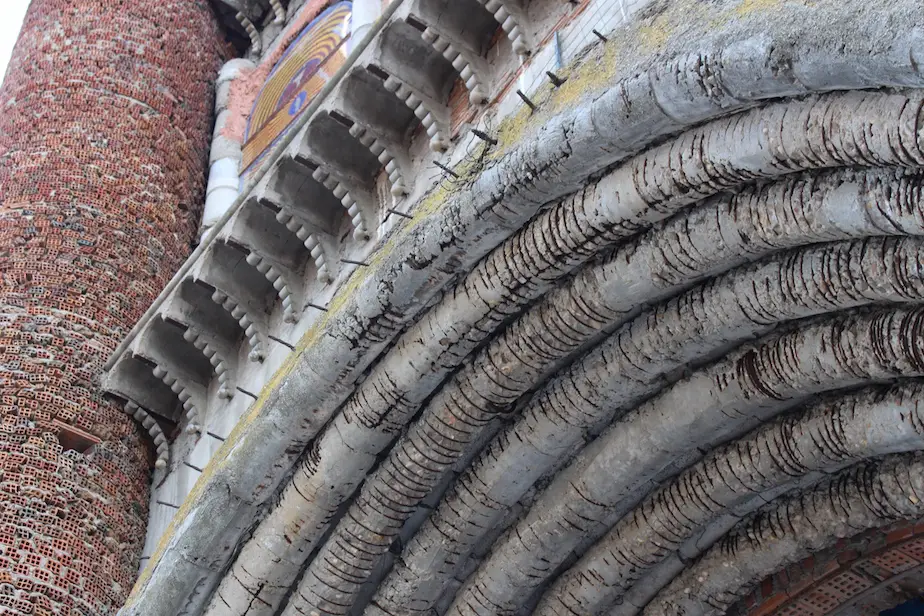Last week, the US Supreme Court issued an important ruling that may shape the future of affordable housing in America. But if you missed it, no one can really blame you. Right after the ruling was handed down Thursday morning, the court quickly issued a much more closely watched ruling regarding Obama’s healthcare bill, that could have potentially pulled the plug on its federal subsidies and put millions of people’s newly created healthcare plans in jeopardy. And the next day, the court issued another ruling overshadowing even that one, as it effectively legalized gay marriage in all 50 states, prompting celebrations across the country, a new Facebook rainbow profile app, and also sent justice Antonin Scalia into a frenzy of pithy insults thinly veiled by ivory tower vocabulary words.
Those other decisions certainly deserved all the attention they got in the media cycle. But it’s a bit unfortunate that they had to take away from the affordable housing decision, which upheld key elements of the Fair Housing Act of 1968, and also served as a reminder of how important it is for cities to work toward the inclusion of all their residents.
The case stems from a squabble between an affordable housing group and the state housing authority in Dallas, Texas, a city which has a long history of sprawling suburbanization but recently is taking steps toward rebuilding its urban core (as a native of Los Angeles who firmly believes in re-urbanizing my own city, I can empathize). There, a non-profit group called the Inclusive Communities Project had filed suit back in 2008 against the Texas Department of Housing and Community Affairs over what it found to be unequal distribution of housing credits to low income black families. As SCOTUS blog summed it up, “[the Texas housing agency] disproportionately granted the housing credits in minority areas of the Dallas region, while at the same time disproportionately denying them in white areas of Dallas.”
The Inclusive Communities Project sued on the basis that this violated the 1968 Fair Housing Act (FHA – not to be confused with the Federal Housing Administration). They won an initial favorable ruling from a district court, and would later gain support from the Obama administration. But the Texas authority appealed to the Supreme Court, arguing that the FHA is only intended for cases where racial discrimination explicitly takes place against individuals, not for instances where the overall effects of an action can be discriminatory in a general sense.
The recent ruling in favor of the Inclusive Communities Project will perhaps have the strongest impact in Dallas, where it was filed. The city suffers from a significant “north-south divide”, where most of the wealth is concentrated in the city’s north side, leaving many south side neighborhoods with dilapidated housing stock and inadequate services.
A few weeks ago, the racial tensions caused by Dallas’s north-south divide sparked a conflict that made national news. In early June, a group of black teenagers at a community pool in the northern suburb of McKinney were threatened and physically attacked by a police officer, which many viewed to be a use of excessive force by the officer. The cause of the conflict, oddly enough, tied into housing policy: the black teenagers had been taunted by a group of white girls to “go back to your Section 8 home.”
After the supreme court’s ruling, the Dallas Morning News’s Tod Robberson welcomed the decision. In a column, he wrote about the roots of the stark divide between north and south, and how the ruling might help improve the situation:
Residents need more geographic options, not limited choices that force them to live where schools are bad, crime is high and environmental hazards like lead pollution threaten their health. Texas has had a decades-long practice of awarding federal tax credits to developers who preferred to site their affordable housing projects in the cheapest parts of town. That almost invariably meant putting them in southern Dallas.
That’s how the north-south gap was turned into a perpetual problem across a geographic expanse unlike any other in the nation…
This situation had to change. It took a lawsuit by the Inclusive Communities Project to force the state to stop awarding tax-credit projects based on a formula that heavily emphasizes cheap land as a criterion. The state and Dallas simply have to find a fairer, more equitable way to distribute affordable housing around the city.
Actually, it’s already happening. TDHCA had already lost lower court rulings on this question and had stopped approving new tax-credit projects in southern Dallas in favor of others situated north of Interstate 30 and the Trinity River. That’s good. It won’t make people in wealthier areas happy, but for the overall health and growth of the city, we need a better mix of rich and poor, white and minority, both north and south.
But the effects of the decision aren’t just limited to Dallas. Communities across the country are affected by the uneven distribution of affordable housing. And in addition, the need for affordable housing is crossing racial and class lines, as pointed out by a recent article in Vox that shows that in some of the higher-priced metro areas in the US, housing is taking up a significant percentage of total income, even for income brackets considered to be “middle class”.
The Supreme Court decision is certainly no miracle cure to America’s housing issues; Anthony Kennedy, the court’s swing vote, said as much in his majority opinion [pdf] when he noted that “Much progress remains to be made in our Nation’s continuing struggle against racial isolation.” And it should also be noted that the decision isn’t so much of a step forward as it is maintaining existing framework that is more beneficial than its alternative.
Nevertheless, the ruling is good news for advocates of racial equality, as well as affordable housing in general. Its continued application will mean that ugly racial incidents such as the one in McKinney and a number of others across the country stand a greater chance of declining over time. And it means that there is a better chance that affordable housing units can be found in neighborhoods where they are needed, for anyone in a difficult housing situation.
And for people involved with the urban planning process, it reinforces a position many of us hold: that cities are better for their residents if they are actively planned in a way that fosters inclusion. While planning cities that offer opportunities for people from all walks of life may not necessarily win the favor of those who already have opportunities, it is very important from the standpoint of the entire community overall. And unequal distribution of opportunity will even catch up with the most isolated pockets of communities everywhere.
It’s good to see that the Supreme Court gets this. And, as more affordable housing units crop up in northern Dallas and other areas where they have traditionally been limited, they will have played their part in making it happen.
Drew Reed is an online media producer and community activist specialising in sustainable transportation. He lives in Buenos Aires.
Photo: IKRAM shaari


